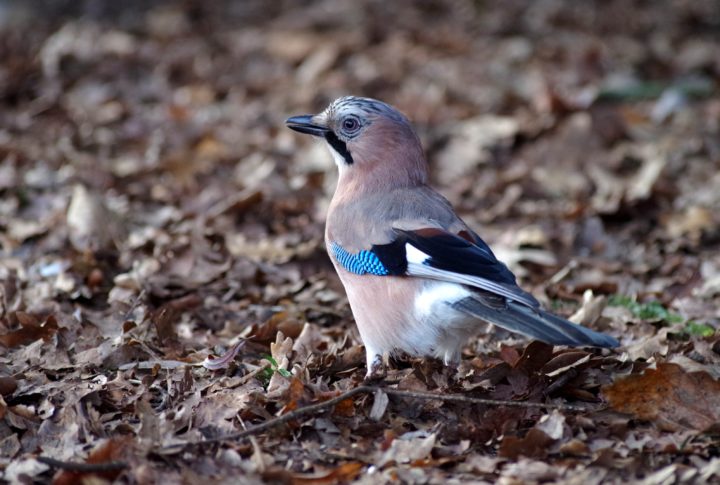With temperatures gradually rising and spring now well and truly on its way, your sightings from Gosforth Park Nature Reserve have reflected perfectly this changeable (and terribly exciting) period of transition.
Many of our regular migrant birds have already made it back to the reserve. As ever, it was Chiffchaffs that arrived first – our lone wintering individual joined by dozens more by Mid-April. Willow Warblers too have begun to reappear, with three singing individuals noted this past weekend; while Blackcap numbers too are gradually building. A report of a Sedge Warbler singing in the vicinity of the Ridley Hide was most welcome also, although this represents a very early record and, to date, this pioneering individual has yet to be joined by any more of its kin.
While warbler numbers have built up gradually over a number of weeks, Hirundines appear to have descended all at once. The first few intrepid Sand Martin’s observed at roost in the reedbed a fortnight past now joined by plenty more, as well as good numbers of Swallow and, as of Saturday, our first House Martin of the year.
Migrants aside, other avian signs of the shifting season include a pair of prospecting Tree Sparrows – not a common bird at all at the reserve – and yaffling Green Woodpeckers. Sightings of Ring-necked Parakeets in the vicinity of the Black Wood continue; while the song of Skylarks is now readily heard emanating from the fields to West of the site and a Red Kite was observed briefly passing over Lake Lodge. Willow Tits remain in residence and it is hoped that, for the first time in a number of years, these declining passerines will once again breed on site.
Things have quieted down somewhat on the wetland; although a pair of Pochard remain in evidence displaying signs of courtship. This species has only successfully bred at GPNR once in the past 30 years; thus any successful breeding this season would be most welcome. Elsewhere on the wetland, two Little Egret remain apparent and Water Rails continue to provide an unsettling soundtrack of screeches throughout the day.

What about the non-avian sightings from the past few weeks? Well, our resident Roe Deer continue to delight the crowds and sporadic sightings of both Fox and Otter continue. Around the feeding station, both Wood Mouse and Bank Vole (as well as few rats) continue to make the most of the over spill and, from the boardwalk, a Water Shrew was noted moving with haste across between stands of Phragmites.
Butterfly sightings of late include our first Orange-Tip, Speckled Wood and Comma of the year – sighted by volunteers Philip Jordan and Jane Gray on their latest butterfly transect; as well as increased counts of both Peacock and Small Tortoiseshell.
Thank you to everyone who takes the time to record their sightings upon visiting the reserve, both on our whiteboard and in the log book. Please remember that, should you capture any interesting pictures whilst visiting, we welcome the submission of photos to nhsn@ncl.ac.uk.
Cover image by Richard Potts ©
James Common, Communications Officer